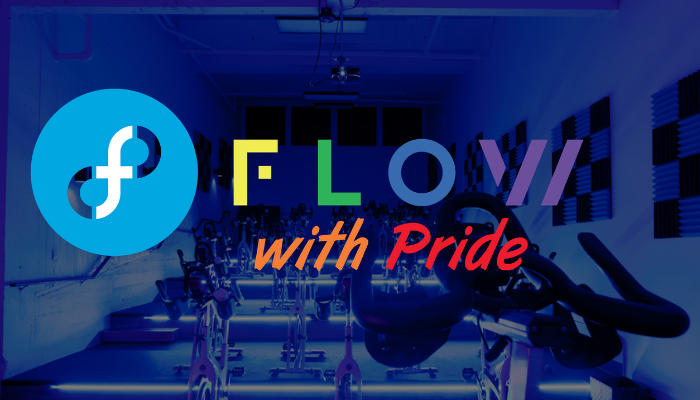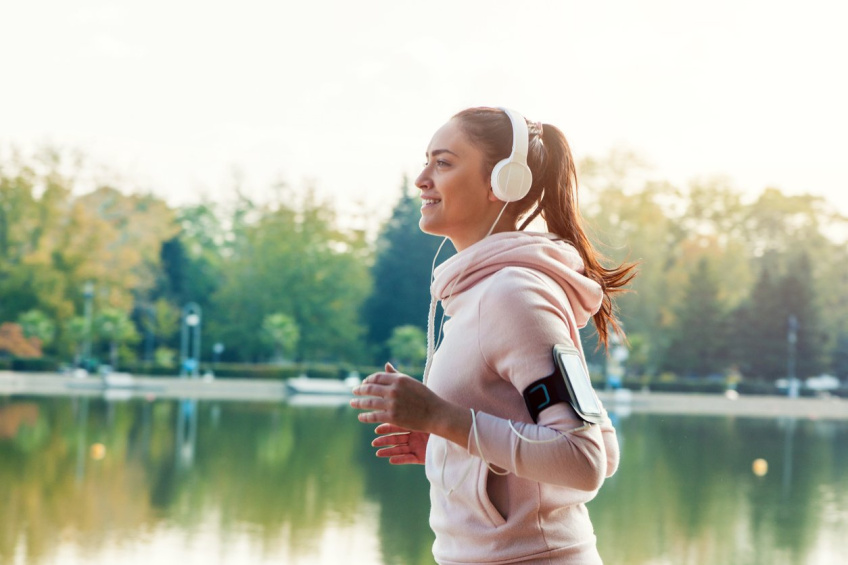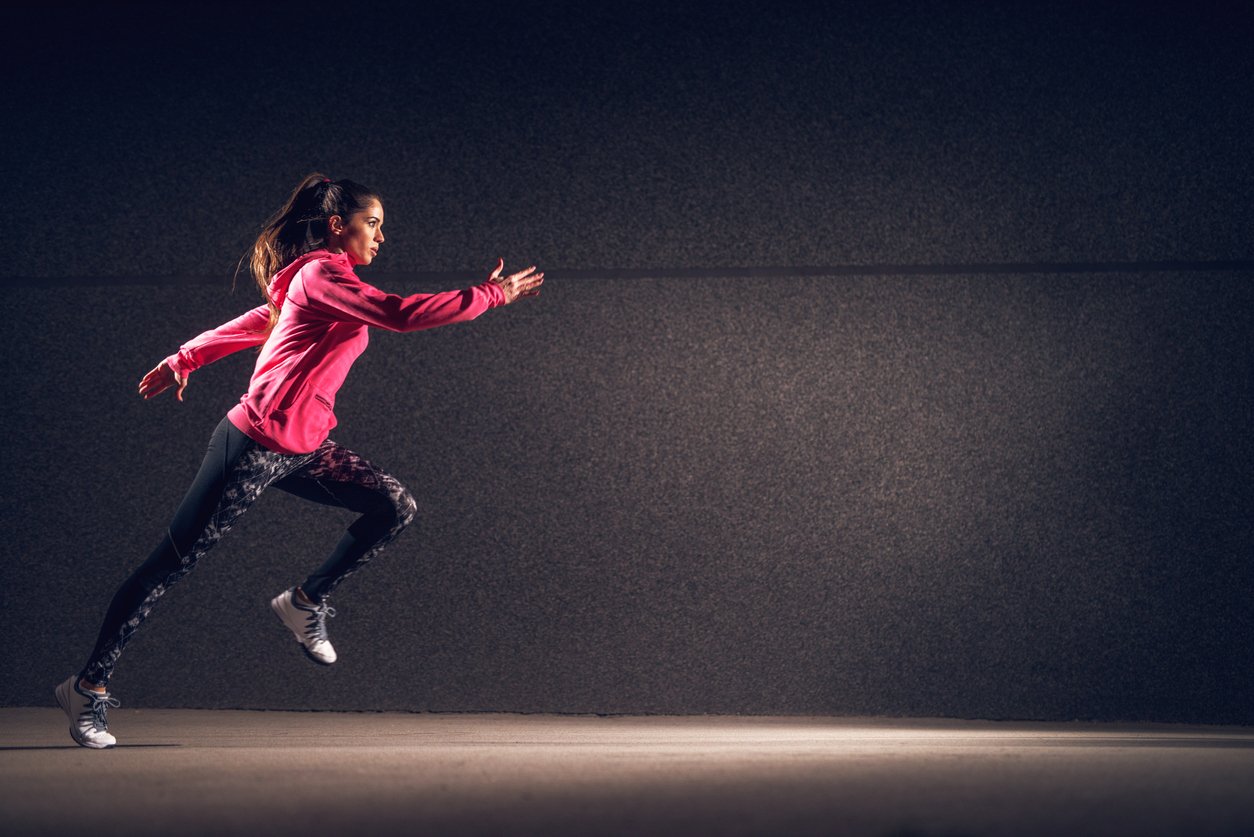Enhance Your Workouts, Decrease Recovery Time and Stay Healthier, Longer.
You may have heard rumors or come across videos or photos online of elite athletes using
acupuncture (and cupping) to enhance their performance and speed up recovery. It is very
exciting that the effectiveness of acupuncture is starting to become more recognized in the
athletic community. Acupuncture fits in really well with newer models of sustainable health and
wellness because in the last decade, culturally, we have started to move away from the idea
that being healthy revolves around fixing things once injuries or ailments have already
occurred, and instead, approaching health from an overall sustainable and preventative
standpoint. We are embracing the idea that to be healthy requires a continuous commitment
and intention. Athletes tend to already have a dedication to being healthier so acupuncture is
an easy addition to that wellness model.
How does acupuncture work?
Acupuncture works on the energetic level of the body (the Qi – pronounced “chi”), or energy
channels called meridians. There are many meridians in the body- such as the Liver or Lung
meridian and each one has a specific function and location. During a treatment an
acupuncturist looks for key signs and symptoms of any imbalances with how your energy is
moving through the body and then chooses key acupuncture points on different meridians to
fix the issue. The needles used are very thin and typically don’t cause any pain. Patients rest on
the table for about 15 minutes and most people feel incredibly relaxed afterwards. Additionally,
at my practice, I add cupping or fascial release massage before the needles are inserted to
amplify the effectiveness of the acupuncture treatment.
How does acupuncture enhance performance?
Acupuncture is very effective for a few key things:
1) reducing body pain and inflammation
2) increasing circulation, which speeds up healing
3) loosening muscles
4) feeling more grounded and balanced in the body
5) soothing the nervous system for things like stress, anxiety, or an overactive mind.
Athletes who use acupuncture in conjunction with workouts or sports report an overall feeling
of better physical balance since areas of pain and tension, which are usually held on only one
side of the body have been loosened up and resolved. They also notice more range of motion
due to looser muscles and a reduction of any inflammation that may have been present. Finally,
they tend to have a feeling of more groundedness and focus, enhancing their performance with
each work out.
How does acupuncture speed up recovery time?
Acupuncture is so effective when it comes to reducing pain and inflammation and enhancing
blood flow, and as a result the body heals and feels better faster. Many people come into my
practice before starting or after completing a half or full marathon, after intense workouts, or if
they feel restricted in movements or in pain. Across the board, patients report feeling less sore,
being in less pain, sleeping better, feeling less tight and overall feeling looser in their bodies.
Beyond this, patients who receive acupuncture tend to carry less stress due to their nervous
systems being turned down and therefore sleep much deeper which allows the body to truly
heal. Further, since Chinese medicine is a holistic form of medicine, we take into account the
entire person not just specific injuries, goals or restrictions. This leads to having bigger
conversations about lifestyle, emotional well-being, sustainable health and strategies to
consider in order to optimize the full person. This ultimately leads to better habits that allow
someone to heal quickly day to day with the added amplification of acupuncture treatments.
Did you know acupuncture is covered by insurance?
Many people don’t realize it but if you have good health insurance there is a high likelihood
that you have acupuncture benefits. What is nice about acupuncture versus physical therapy or
massage is that you don’t need a referral to be able to use your acupuncture benefits. You can
just book an appointment and as long as you have benefits, you can use them.
Acupuncture is a wonderful modality that not only enhances people’s workouts and fitness
goals but also their lives. Although the process of acupuncture may be intimidating at first,
since it’s a foreign type of body work and involves needles, patients are usually pleasantly
surprised by the ease of the acupuncture process. Beyond that, people tend to be very
impressed by the effectiveness and positive impact that acupuncture can have on your physical
and emotional body. If you are trying to optimize your health, don’t wait any longer, try
acupuncture today!
You can book a FREE 30-minute consultation to learn more about how acupuncture can benefit
you at www.seattleacupunctureandcoaching.com or you can find me on Instagram
@seattleacupunctureandcoaching
To your health,
Ben Dorfman, LAc, PCC
Owner/Practitioner of Seattle Acupuncture and Coaching





